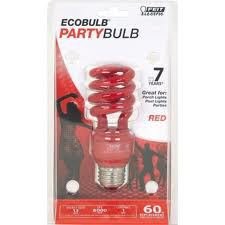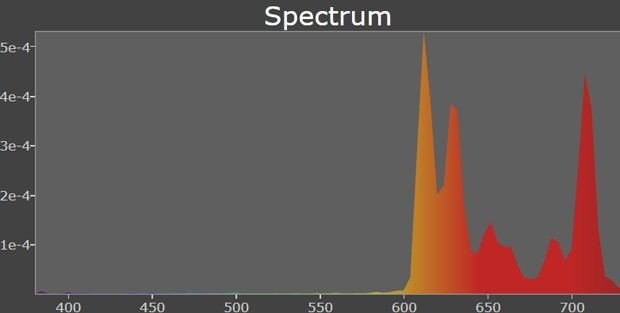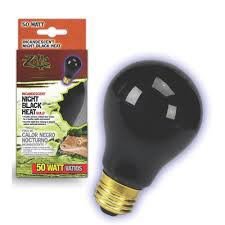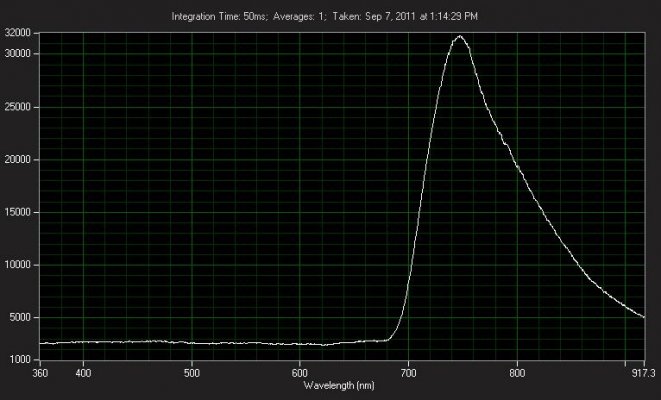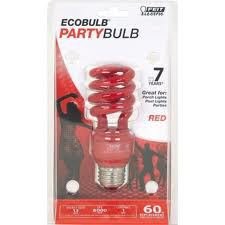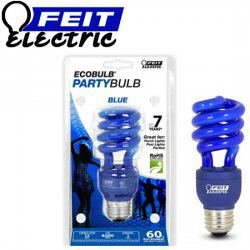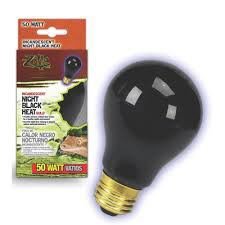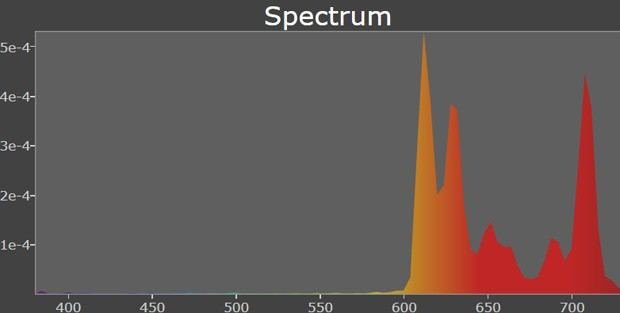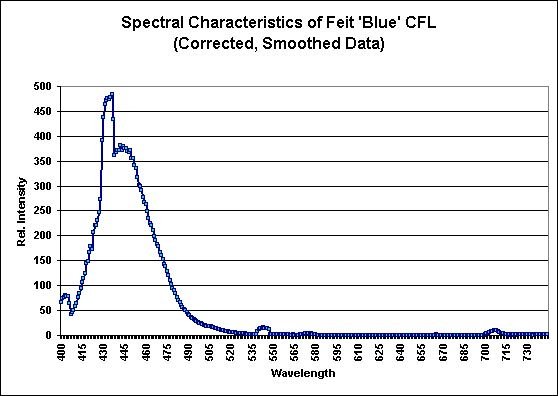Thoth
- 446
- 63
The phytochrome-mediated response to photoperiod occurs in the leaves. Flowering occurs in the apical meristems. A signal, called florigen, connects the two.
The Signal to Flower
Flowering involves the conversion of the apical meristem into a floral meristem, from which all the parts of the flower will be produced.
Signals that change the fate of the apical meristem include:
- maturity of the plant;
- temperature;
- the arrival of the plant hormone gibberellin;
- and, for many plants, photoperiod — the relative length of day and night.
hope that helps
It all makes perfect sense, yet it seems strange talking about what florigen does when the actual identify of what florigen is is still debateable. Reminds me of physics when I think about it. We know it exists, we can measure its effects, yet we can't quite work out what it is.
As a result of the problems with isolating florigen, and of the inconsistent results acquired, it has been suggested that florigen does not exist as an individual substance; rather, florigen's effect could be the result of a particular ratio of other hormones.[13][14] However, more recent findings indicate that florigen does exist and is produced, or at least activated, in the leaves of the plant and that this signal is then transported via the phloem to the growing tip at the shoot apical meristem where the signal acts by inducing flowering. In Arabidopsis thaliana, some researchers have identified this signal as mRNA coded by the FLOWERING LOCUS T (FT) gene, others as the resulting FT protein.[15] First report of FT mRNA being the signal transducer that moves from leaf to shoot apex came from the publication in Science Magazine. However, in 2007 other group of scientists made a breakthrough saying that its not the mRNA, it is the FT Protein that is transmitted from leaves to shoot possibly acting as "Florigen".[16] The initial article[17] that describes FT mRNA as flowering stimuli stands retracted from the science magazine by the authors themselves
http://en.wikipedia.org/wiki/Florigen



